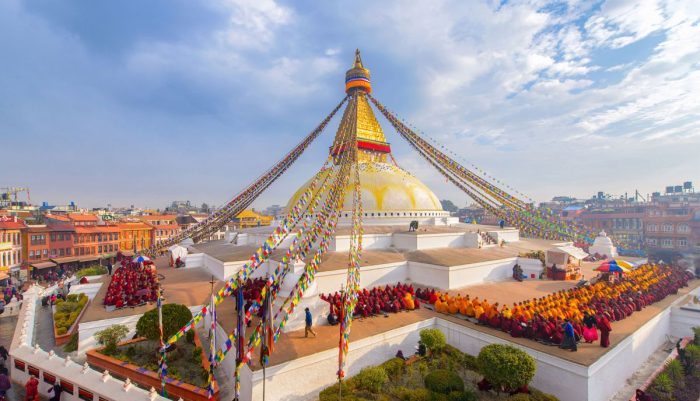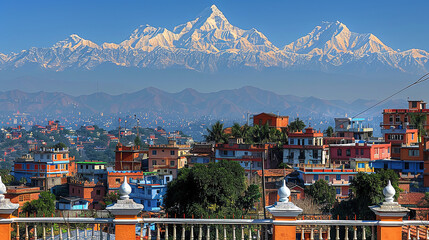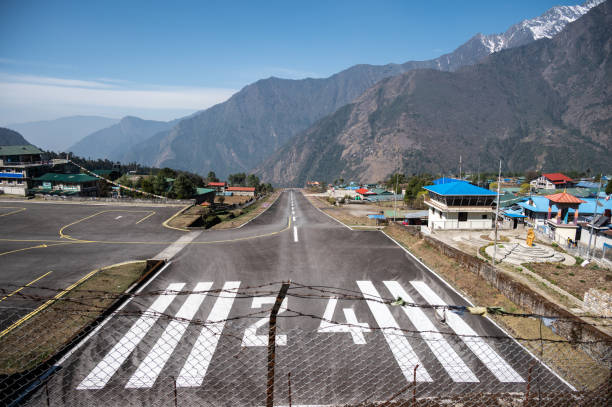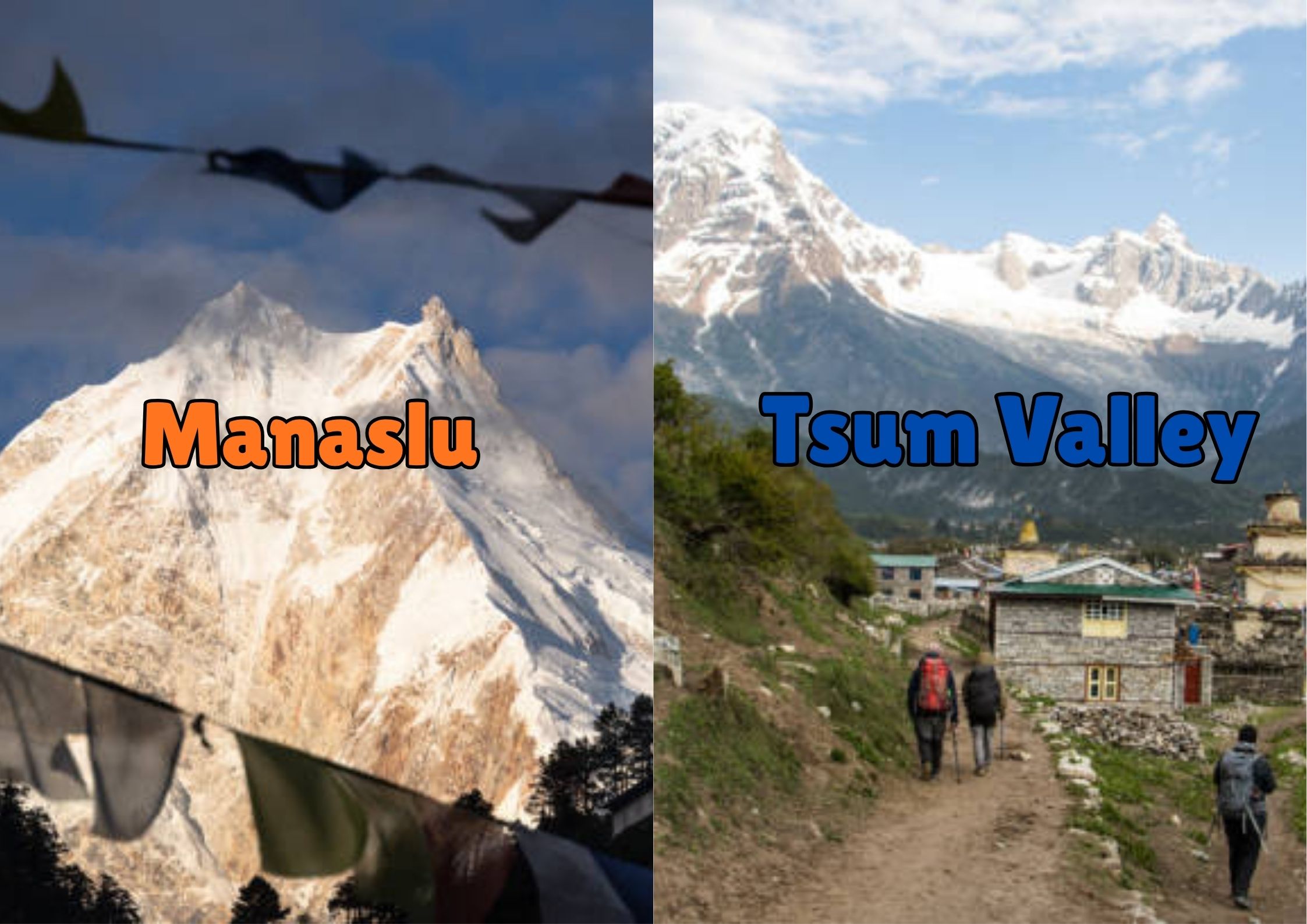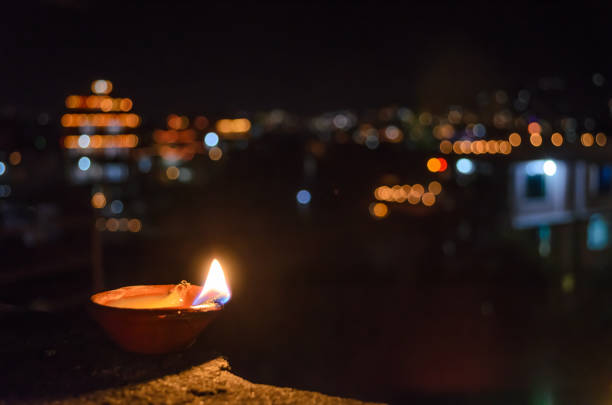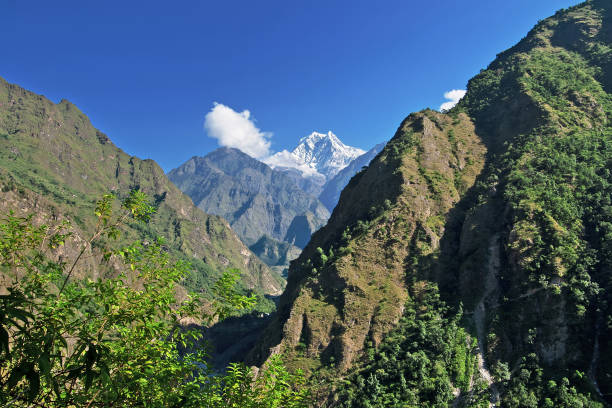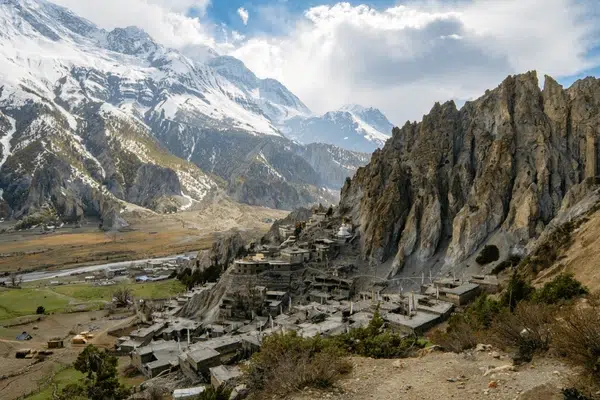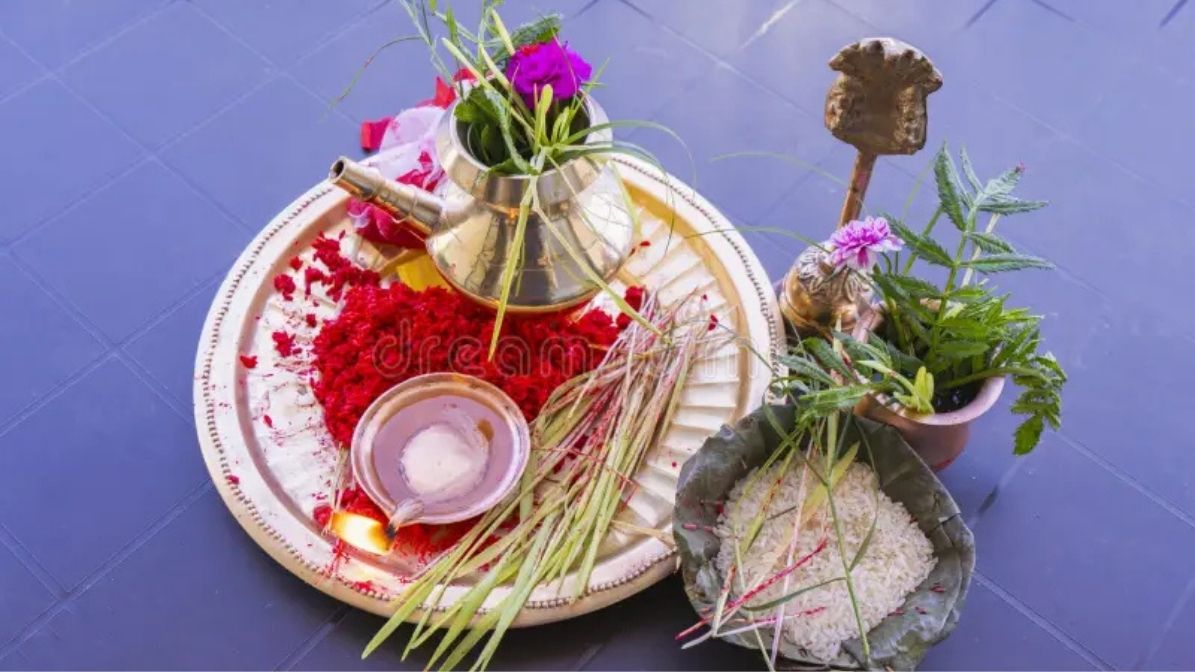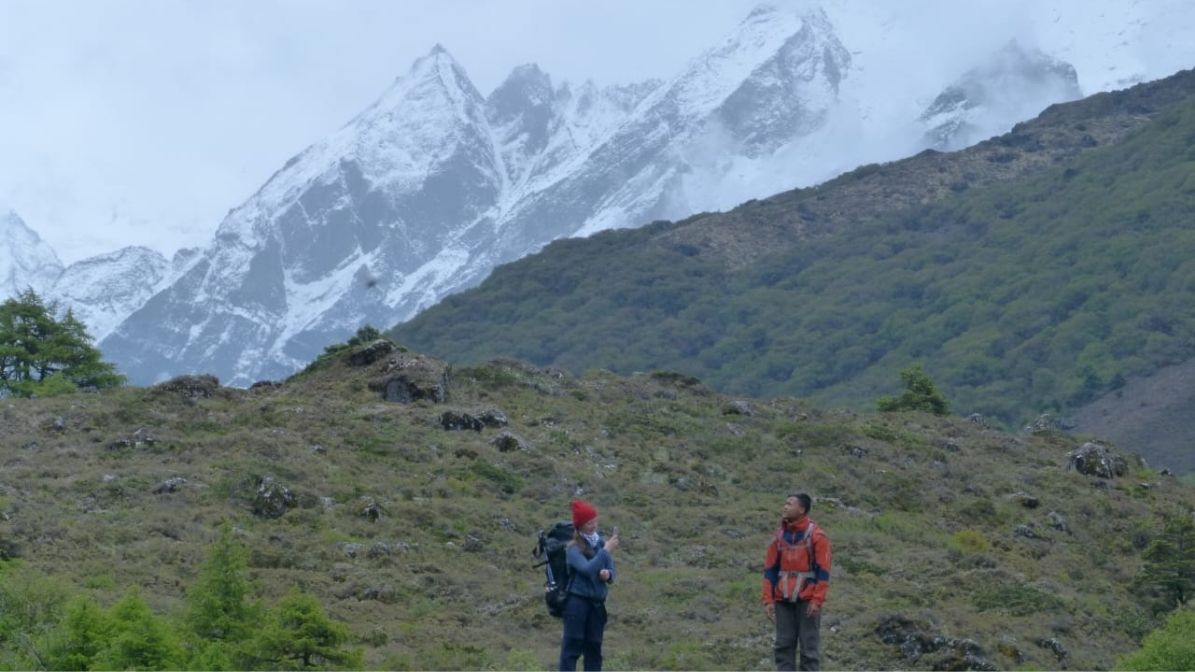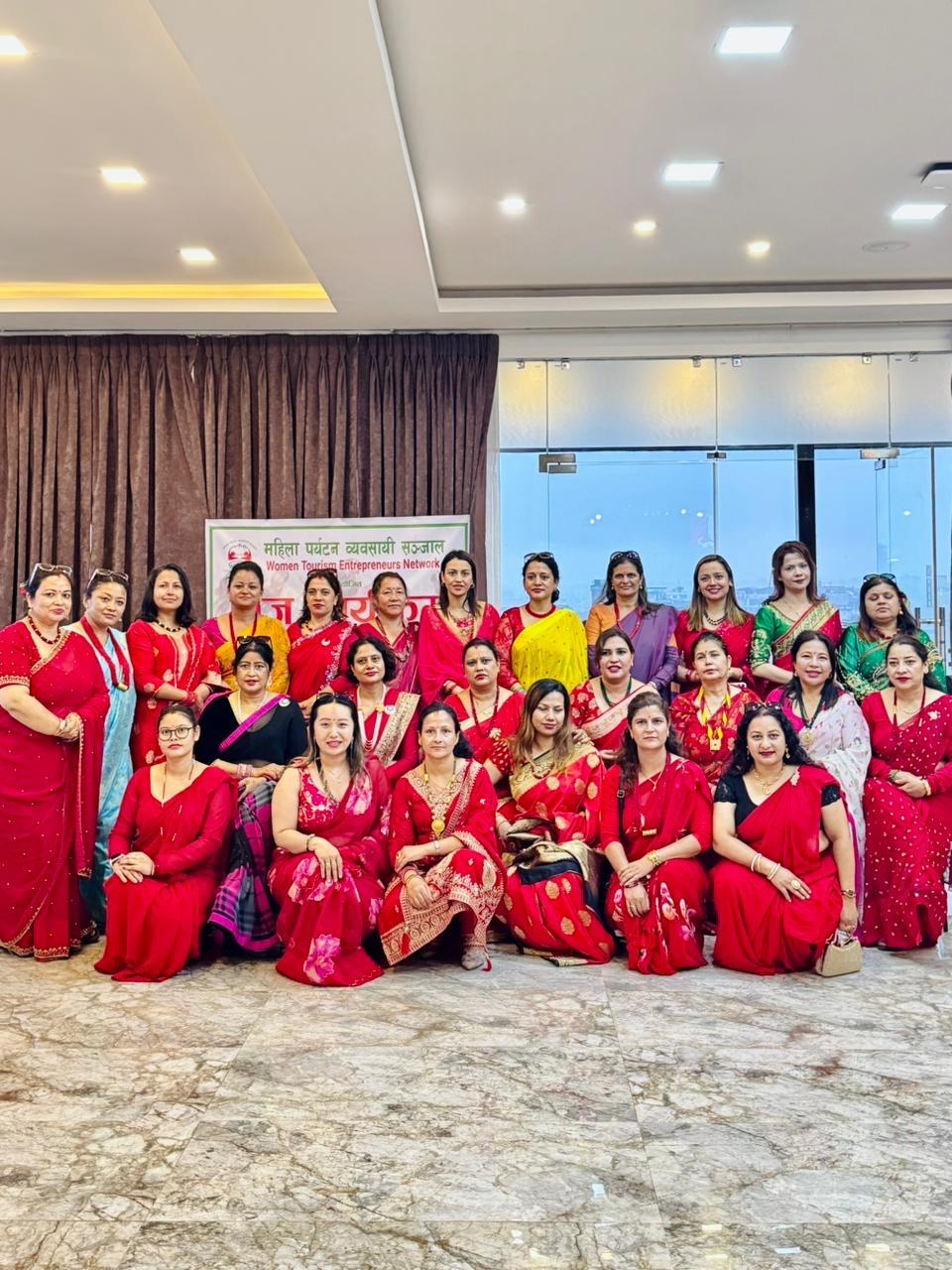Buddha Jayanti: A Festival of Compassion, Enlightenment, and Peace
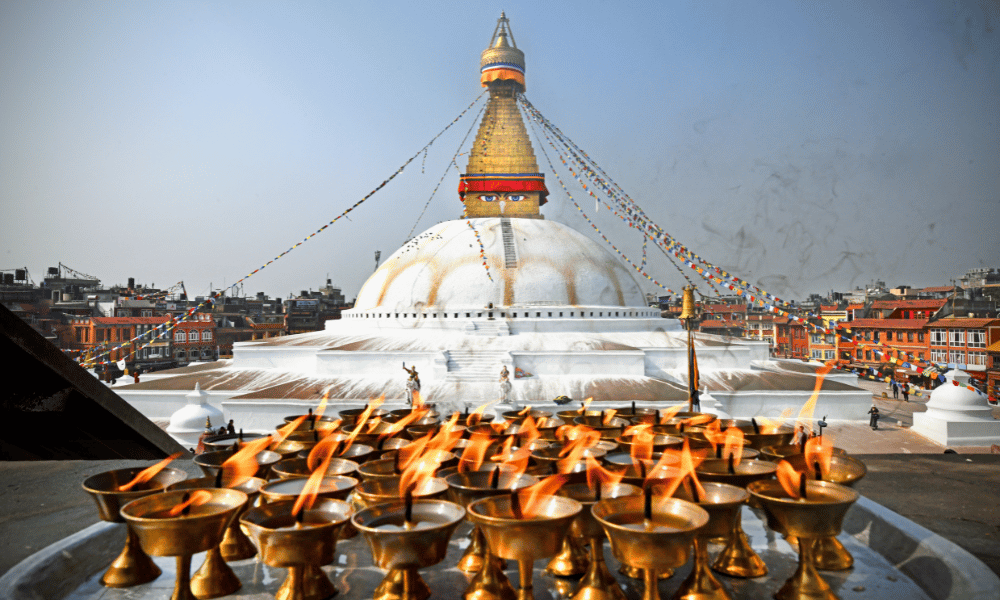
One of the most important days in the Buddhist calendar is Buddha Jayanti, sometimes referred to as Buddha Purnima. It honors Siddhartha Gautama, the founder of Mahayana Buddhism, as well as his birth, enlightenment, and Parinirvana (final liberation).
Spiritual and Historical Importance
Siddhartha Gautama was born into the Shakya royal family in Lumbini, Nepal, circa 563 BCE. At the age of 30, he gave up his life as a prince in pursuit of truth and an end to his suffering. He achieved enlightenment under the Bodhi tree in Bodh Gaya, India, following years of meditation and austere practices. He guided people toward peace and liberation over the course of the following forty-five years. By sharing his teachings on the Eightfold Path and the Four Noble Truths. He finally broke free from the cycle of birth and death at the age of 80 when he achieved. Parinirvana in Kushinagar, India. In the lunar month of Baisakha (April or May), these three crucial occasions—birth, enlightenment, and parinirvana. Took place on the same full moon day, which is why Buddha Jayanti is celebrated on this day worldwide.
How People Celebrate Buddha Jayanti
Buddhists around the world, particularly in nations like Nepal, India, Bhutan, Thailand, Sri Lanka, and others, celebrate Buddha Jayanti with a great deal of respect and devotion. Temple Visits and Offerings: Devotees go to monasteries and temples to present flowers, light lamps, burn incense, and offer prayers. 108 butter lamps are customarily offered in Nepal as a representation of merit and enlightenment.
Meditation and Reflection: Many people reaffirm their dedication to the path of compassion, mindfulness, and nonviolence. By spending the day in meditation and contemplation of Buddha’s teachings.
Rituals and customs: These vary by region but generally include bathing Buddha statues to represent purification, releasing birds to demonstrate kindness, and fasting or vegetarianism to uphold the principle of non-harm. Merit and Community: The day promotes acts of kindness and compassion, which result in good karma and spiritual development, as well as a sense of community among Buddhists.
Buddha Jayanti Celebrations at Swayambhunath, and Boudhanath
In Nepal, where Buddha was born, there are especially elaborate festivities. Holy sites like Bouddhanath and Swayambhunath in Kathmandu welcome thousands of pilgrims. The government frequently announces a national holiday to commemorate the exquisitely decorated monasteries and stupas. An exceptional chance to fully immerse oneself in Buddhist culture and observe the fervent devotion of adherents. From all over the world is provided by traveling to Nepal during Buddha Jayanti. Buddha Jayanti is a significant event that commemorates Gautama Buddha’s life and teachings. This day motivates millions of people to pursue enlightenment and harmony while fostering mindfulness, compassion, and peace. We can all find direction toward a more tranquil and compassionate life by taking part in the rituals or just thinking about what the Buddha taught.
Celebration at Swayambhunath Stupa
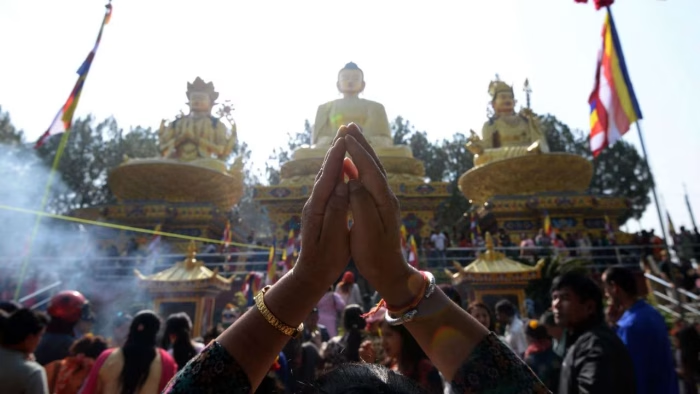 Swayambhunath, an ancient and sacred Buddhist stupa, becomes a vibrant center of worship on Buddha Jayanti. Devotees from across Nepal and beyond gather early in the morning to offer prayers, light butter lamps, and burn incense. The stupa and surrounding monasteries are decorated with colorful prayer flags, flowers, and lamps, creating a festive and spiritual atmosphere. A key ritual involves circumambulating the stupa in a clockwise direction, known as Kora, while spinning prayer wheels and chanting mantras. This act symbolizes the path to enlightenment and serves as a meditative practice. At Ananda Kuti Vihar, located at Swayambhunath, devotees pay homage to a sacred relic (asthi dhatu) of Buddha’s body, which highlights the celebration. Monks chant Buddhist scriptures, perform traditional music, and lead communal prayers throughout the day, fostering a deep sense of peace and devotion.
Swayambhunath, an ancient and sacred Buddhist stupa, becomes a vibrant center of worship on Buddha Jayanti. Devotees from across Nepal and beyond gather early in the morning to offer prayers, light butter lamps, and burn incense. The stupa and surrounding monasteries are decorated with colorful prayer flags, flowers, and lamps, creating a festive and spiritual atmosphere. A key ritual involves circumambulating the stupa in a clockwise direction, known as Kora, while spinning prayer wheels and chanting mantras. This act symbolizes the path to enlightenment and serves as a meditative practice. At Ananda Kuti Vihar, located at Swayambhunath, devotees pay homage to a sacred relic (asthi dhatu) of Buddha’s body, which highlights the celebration. Monks chant Buddhist scriptures, perform traditional music, and lead communal prayers throughout the day, fostering a deep sense of peace and devotion.
Celebration at Boudhanath Stupa
